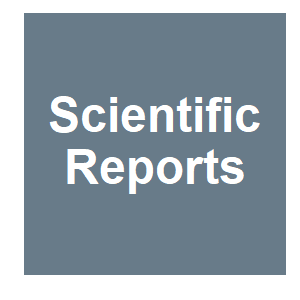
Keywords: cytoplasmic male-sterility

|
Genetic conflicts: the usual suspects and beyondMcLaughlin, RNM, H. S., Journal of Experimental Biology, 220:6-17. 2017.
Selfishness is pervasive and manifests at all scales of biology, from societies, to individuals, to genetic elements within a genome. The relentless struggle to seek evolutionary advantages drives perpetual cycles of adaptation and counter-adaptation, commonly referred to as Red ... Keywords: cytoplasmic male-sterility, gene drive natural, Genetic control, incompatibility, invasive species, selfish elements, spatial structure |

|
Mitonuclear interactions, mtDNA-mediated thermal plasticity, and implications for the Trojan Female Technique for pest controlJ. N. Wolff, D. M. Tompkins, N. J. Gemmell and D. K. Dowling, Scientific Reports, 6. 2016.
Here we test whether the male-sterilizing effects previously associated with the mt: Cyt-b mutation are consistent across three thermal and three nuclear genomic contexts. The effects of this mutation were indeed moderated by the nuclear background and thermal environment, but ... Keywords: cytoplasmic male-sterility, gene drive natural, Genetic control, incompatibility, invasive species, selfish elements, spatial structure |

|
Genetic control of invasive plants species using selfish genetic elementsK. A. Hodgins, L. Rieseberg and S. P. Otto, Evolutionary Applications, 2:555-569. 2009.
Invasive plants cause substantial environmental damage and economic loss. Here, we explore the possibility that a selfish genetic element found in plants called cytoplasmic male sterility (CMS) could be exploited for weed control. We developed an analytical model and a spatial ... Keywords: cytoplasmic male-sterility, gene drive natural, Genetic control, incompatibility, invasive species, selfish elements, spatial structure |

Contact
David O’Brochta
Foundation for the
National Institutes of Health
geneconvenevi@fnih.org
RSS

